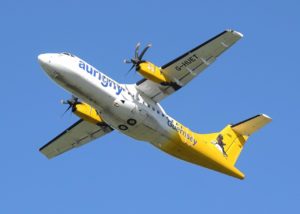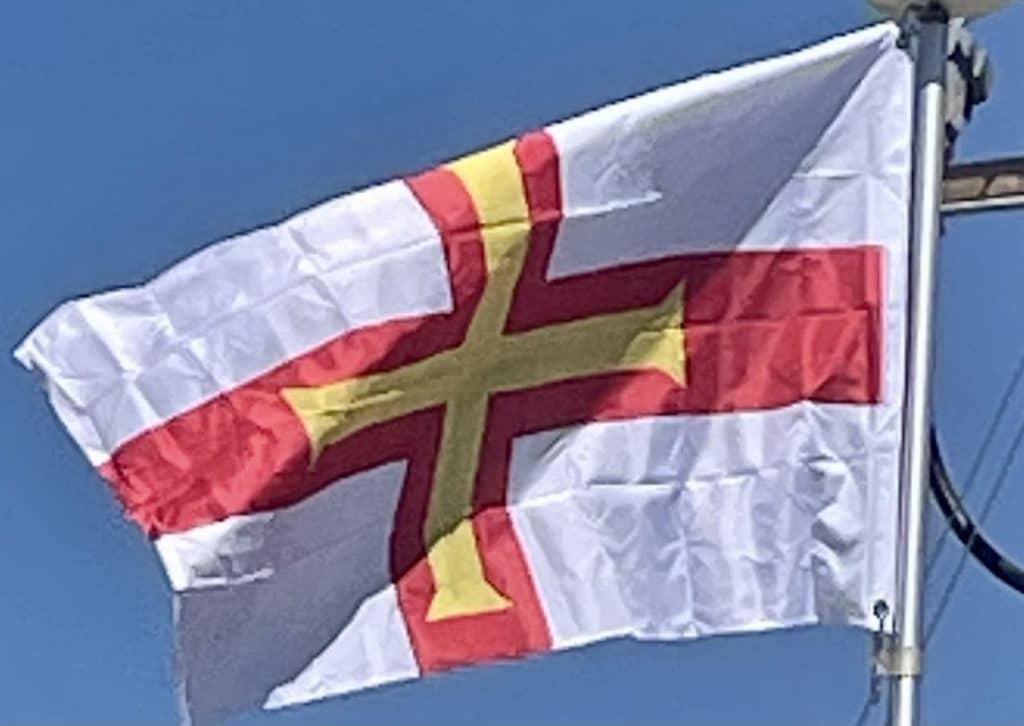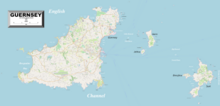During the late 1940s the island repaired the damage caused to its buildings during the occupation. The tomato industry started up again and thrived until the 1970s when the significant increase in world oil prices led to a sharp, terminal decline. Tourism has remained important. Finance businesses grew in the 1970s and expanded in the next two decades and are important employers. Guernsey’s constitutional and trading relationships with the UK is largely unaffected by Brexit although those with France have resulted in increased bureaucracy.
Geography
Situated in Mont Saint-Michel Bay at around 49°35′N 2°20′W, Guernsey, Herm and some other smaller islands together have a total area of 71 square kilometers (27 sq mi) and coastlines of about 46 kilometers (29 mi). Elevation varies from sea level to 110 m (360 ft) at Hautnez on Guernsey.
There are many smaller islands, islets, rocks and reefs in Guernsey waters. Combined with a tidal range of 10 meters (33 feet) and fast currents of up to 12 knots, this makes sailing in local waters dangerous. The very large tidal variation provides an environmentally rich inter-tidal zone around the islands, and some sites have received Ramsar Convention designation.
The tidal flows in the area are remarkable, owing to the flatness of the ground for nearly 32 km (20 mi) westward. Guernsey is the westernmost of the Channel Islands, and the jurisdiction is at the greatest distance from the coast of Normandy than any of the other islands.
Economy:
Financial services, such as banking, fund management, and insurance, account for about 37% of GDP. Tourism, manufacturing, and horticulture, mainly tomatoes and cut flowers, especially freesias, have been declining. Light tax and death duties make Guernsey a popular offshore finance center for private-equity funds.
Guernsey does not have a Central Bank and it issues its own sterling coinage and banknotes. UK coinage and (English, Scottish and Northern Irish-faced) banknotes also circulate freely and interchangeably. Total island investment funds, used to fund pensions and future island costs, amount to £2.7billion as at June 2016. The island issued a 30-year bond in December 2015 for £330m, its first bond in 80 years. The island has been given a credit rating of AA-/A-1+ with a stable outlook from Standard & Poor’s.[59]
In March 2016 there were over 32,291 people employed in Guernsey with 4,864 being self-employed and 2,453 employing businesses. 19.6% work in the finance industry and median earnings were £31,215.
Transportation:

Ports and harbours exist at St Peter Port and St Sampson. There is a single paved airport, Guernsey Airport. The States of Guernsey wholly own their own airline, Aurigny. The decision to purchase the airline was made to protect important air links to and from the island and the sale was completed on 15 May 2003.
The Guernsey Railway, effectively an electric tramway, began working on 20 February 1892 and was abandoned on 9 June 1934. It replaced an earlier transport system which was worked by steam, the Guernsey Steam Tramway, which had operated from 6 June 1879 with six locomotives. Alderney is now the only Channel Island with a working railway.


